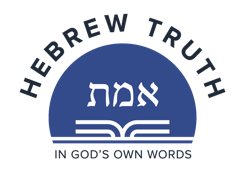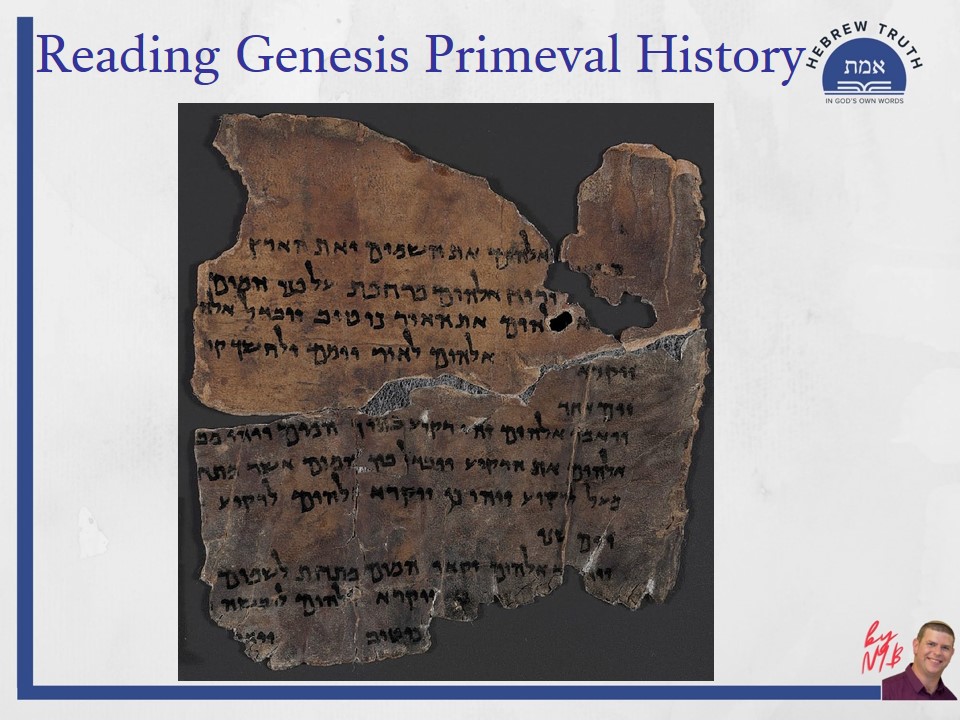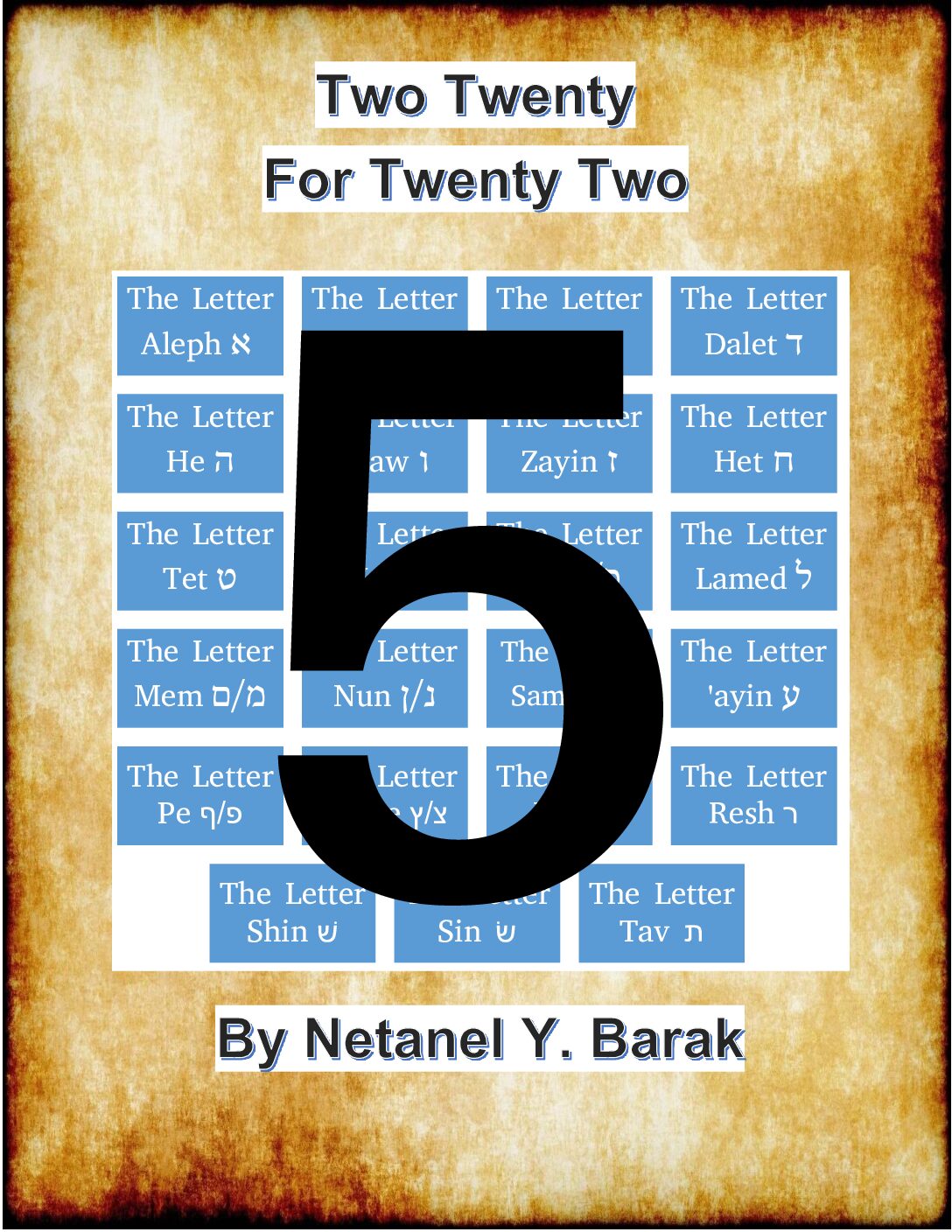Reading Genesis Primeval History
$1,200.0
Reading the Hebrew of the first 11 chapters of the Book of Genesis. We will cover so many of the questions that are undoubtedly bothering anyone reading it.
Description
By reading the Hebrew of the first 11 chapters of the Book of Genesis, we will gain an intimate knowledge of the text itself. We will cover so many of the questions that are undoubtedly bothering anyone reading it:
Chapter 1: Creation
The creation of the world in six days, including light, the sky, land, seas, vegetation, stars, sun and moon, sea creatures, birds, and land animals, culminating in the creation of humans (Adam and Eve) on the sixth day.
What is the structure of the creation story?
What is the uniqueness of the Hebrew verb בָּרָא/וְיִבְרָא and how is that uniqueness reflected in the Bible in general and in the structure of Genesis 1 in particular?
What can be learned about the world around us, its purpose and its structure according to biblical perception, based on the structure of the creation story?
What is the significance of God resting on the seventh day?
How does the creation story in Genesis compare to other creation stories from different cultures?
What does the creation of humans in God’s image imply about humanity?
What is the significance of God separating light from darkness?
Chapter 2: Adam and Eve
A more detailed account of the creation of Adam and Eve, their placement in the Garden of Eden, and God’s command for them not to eat from the tree of knowledge of good and evil.
What is the meaning and significance of the names אָדָם and חַוָּה?
What is the significance of God forming Adam from the dust of the earth?
Why did God create Eve from Adam’s rib instead of creating her from dust?
What is the meaning behind God’s command for Adam and Eve not to eat from the tree of knowledge of good and evil?
What is the symbolism of the serpent in the story of Adam and Eve?
How does the story of Adam and Eve relate to the concept of free will?
Chapter 3: The Garden of Eden
The fall of Adam and Eve, who are tempted by the serpent to eat from the tree of knowledge of Good and Evil, leading to their realization of their nakedness and their expulsion from the Garden of Eden.
What is the significance of Adam and Eve realizing their nakedness after eating from the tree of knowledge of Good and Evil?
What are the consequences of Adam and Eve’s disobedience?
How does the story of the fall relate to the concept of original sin?
What is the meaning behind God’s curse of the serpent, Eve, and Adam?
What does the story of the fall teach us about the nature of sin?
Chapter 4: Cain and Abel and the growth of culture
The story of Cain and Abel, the sons of Adam and Eve, with Cain killing Abel out of jealousy and then being banished by God.
What is the significance of Cain being a farmer and Abel being a shepherd?
Why does God favor Abel’s offering over Cain’s?
What is the meaning and significance of the names קַיִן and הֶבֶל ?
What is the meaning behind God’s punishment of Cain?
How does the story of Cain and Abel reflect the theme of sibling rivalry?
Chapter 5: Genealogy from Adam to Noah.
A genealogy of Adam’s descendants, tracing the line from Adam to Noah.
What is the purpose of the genealogy of Adam’s descendants?
What is the significance of the long lifespans of the people listed in the genealogy?
How does the genealogy of Adam’s descendants connect to the story of Noah?
What is the importance of Enoch being taken by God?
What is the meaning behind the names אֱנוֹשׁ חֲנוֹךְ and נֹחַ?
Chapter 6: The Flood
The wickedness of humanity, which grieves God and leads him to decide to send a flood to destroy all living creatures on earth except for Noah, who is righteous.
Who are בְּנֵי הָאֱלֹהִים mentioned in the chapter?
What was the reason for God deciding to send the flood?
What is the significance of Noah being chosen to build the ark?
How did Noah and his family manage to care for all the animals on the ark?
What does the rainbow at the end of the flood story symbolize?
Why did God decide to establish a covenant with Noah after the flood?
Chapter 7: The Flood (Part 2)
The flood story, in which Noah builds an ark and saves himself, his family, and pairs of every kind of animal from the flood waters that cover the earth.
How did Noah and his family survive on the ark for over a year?
What was the significance of the raven and the dove in the flood story?
How did the flood impact the environment and the world after the waters receded?
What was the purpose of God’s promise to never again send a flood to destroy the earth?
What lessons can be learned from the story of the flood?
Chapter 8: The Flood Recedes
The end of the flood, with Noah sending out a dove to find dry land and then offering sacrifices to God upon leaving the ark.
What was the first thing Noah did when he left the ark?
What did God promise to Noah and all living creatures after the flood?
How did Noah show his gratitude to God after the flood?
What was the significance of God’s covenant with Noah and his descendants?
What do the different types of birds that Noah sent out from the ark symbolize?
Chapter 9: God’s Covenant with Noah
God’s covenant with Noah, in which he promises to never again destroy all living creatures with a flood, and commands Noah and his descendants to be fruitful, multiply, and replenish the earth.
What is the significance of God’s covenant with Noah and his descendants?
What was the sign of the covenant that God established with Noah?
How did Noah’s sons respond to their father’s drunkenness?
What was the significance of the curse that Noah placed on Canaan?
What do the descendants of Japheth, Ham, and Shem represent in biblical history?
Chapter 10: The Table of Nations
Another genealogy, this one of the descendants of Noah’s sons, Shem, Ham, and Japheth, who are said to be the ancestors of all the nations of the earth.
What is the Table of Nations and why is it significant?
What is the significance of the table of nations?
What are the similarities and differences between the descendants of Japheth, Ham, and Shem?
How does the table of nations contribute to the overall narrative of Genesis?
How does the table of nations inform our understanding of ancient history and geography?
Why is Nimrod highlighted as a prominent figure among the descendants of Ham?
What is the significance of the dispersion of nations after the tower of Babel and how does it relate to the table of nations??
Chapter 11: The Tower of Babel
The story of the Tower of Babel, in which the people of the earth try to build a tower to reach the heavens, but God confuses their language and scatters them across the earth, leading to the origin of different languages and cultures.
Why did the people decide to build the tower?
What was God’s response to the building of the tower?
What is the significance of the people all speaking the same language?
How did God punish the people for their attempt to build the tower?
What does the story of the tower of Babel teach us about the dangers of pride and arrogance?





